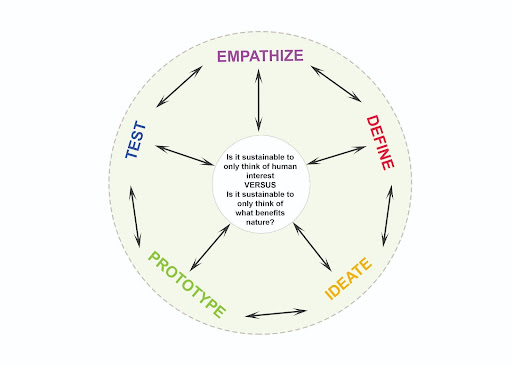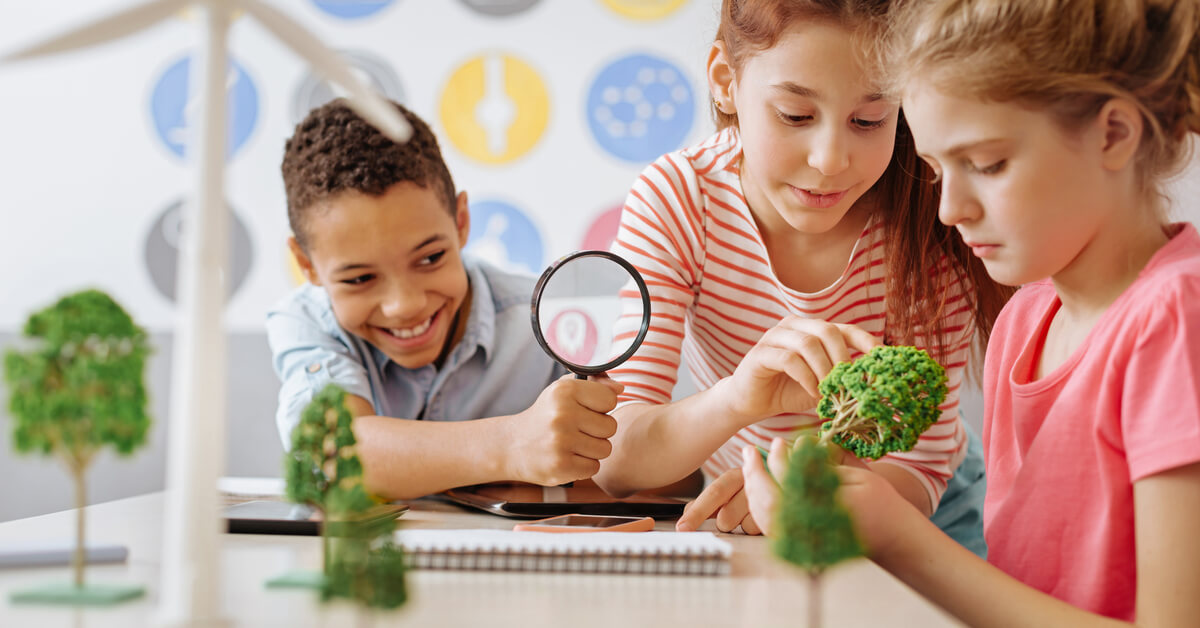
Gardens can grow communities either at school, on your block, or someplace in your city.
The skills and knowledge gathered by growing food and learning to cook are valuable in developing lifestyles that sustain us individually, culturally, and intergenerationally. We focused the unit we had developed on edible gardens around the human value ‘Wisdom’, in order to investigate indigenous and scientific knowledge and innovation.
Many families and communities developed edible gardens during lockdown, and schools have some excellent programs and strategies to connect students to living in more sustainable ways. Creating an edible garden will help grow your community and collaborations within the student body. We had repurposed the space outside our Design lab and grown tomatoes with our students. One of our parents kindly cooked us some spaghetti in tomato sauce for lunch!
* * *
Liza Engelberg (LE) is the Director of Education, NYC Edible Schoolyard Program. Their goal is to provide edible education for every child in New York City. They partner with the city’s public schools “to cultivate healthy students and communities through hands-on…

